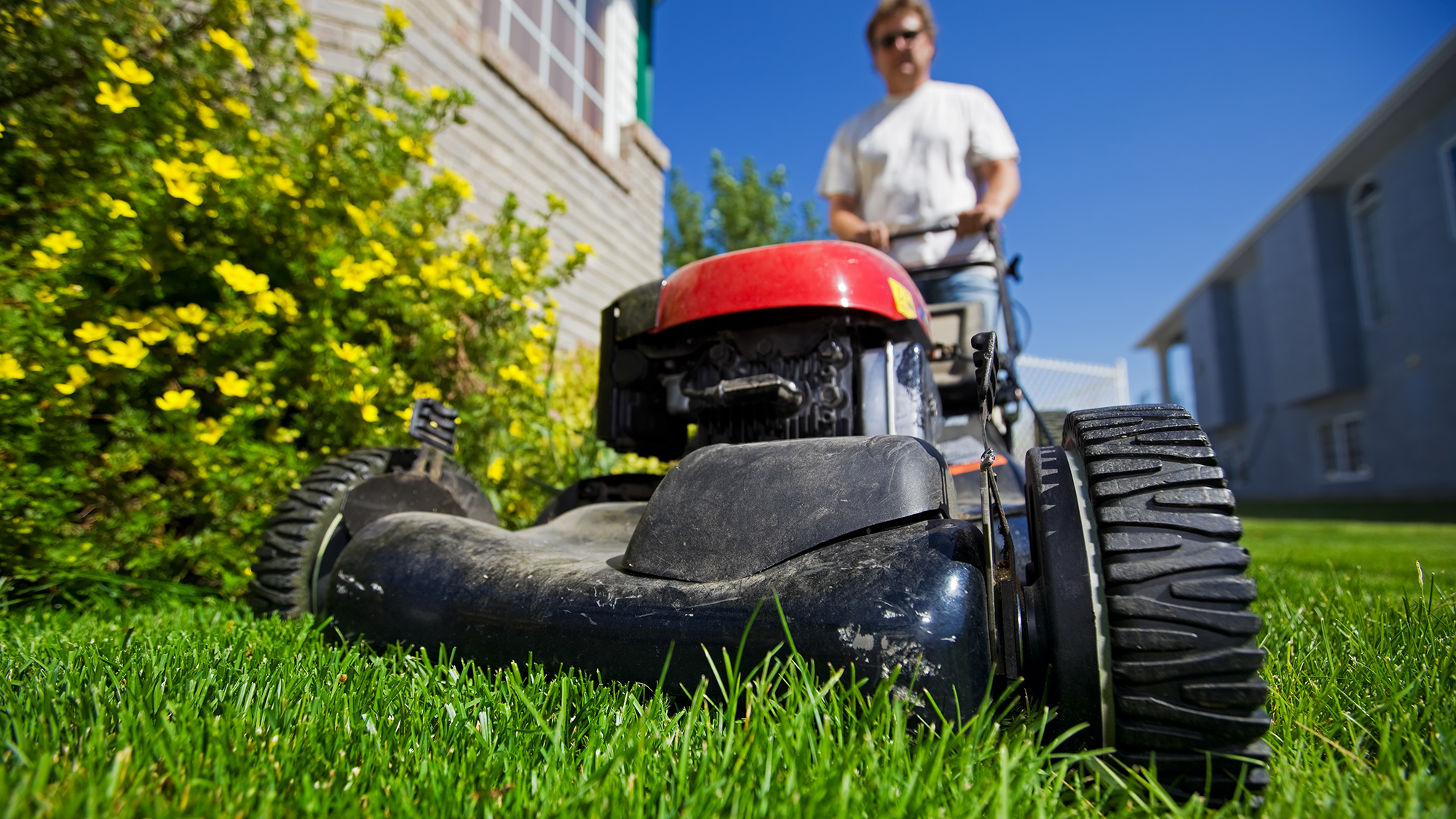

This story was originally published by Grist. Sign up for Grist’s weekly newsletter here.
Lawn-care equipment—leaf-blowers, lawnmowers, and the like—doesn’t top most people’s lists of climate priorities. But a new report documents how, in aggregate, lawn care is a major source of U.S. air pollution.
Using the latest available data from the Environmental Protection Agency’s 2020 National Emissions Inventory, the report found that the equipment released more than 68,000 tons of smog-forming nitrous oxides, which is roughly on par with the pollution from 30 million cars. Lawn equipment also spewed 30 millions tons of climate-warming carbon dioxide, which is more than the total emissions of the city of Los Angeles.
“When it comes to these small engines in lawn and garden equipment, it’s really counterintuitive,” said Kirsten Schatz, the lead author of the report and a clean air advocate at Colorado PIRG, a nonprofit environmental organization. “This stuff is really disproportionately causing a lot of air pollution, health problems, and disproportionately contributing to climate change.”
Lawn equipment also contributed to a litany of other air toxics, such as formaldehyde and benzene, according to the report, which is titled “Lawn Care Goes Electric.” But perhaps the most concerning pollutant it releases is the fine particulate matter known as PM2.5.
PM2.5 is far smaller than the width of a human hair and can lead to health problems ranging from cancer, reproductive ailments, and mental health problems to premature death. The report found that gas-powered lawn equipment belched 21,800 tons of PM2.5 in 2020—an amount equivalent to the pollution from 234 million typical cars over the course of a year.
That outsize impact comes because gas-powered lawn equipment runs on different types of engines than passenger cars. They are smaller—coming in two- and four-stroke versions, which reference the differences in the engines’ combustion cycles—and are generally less efficient, with two-stroke engines being particularly problematic because they run a mix of lubricating oil and gasoline.
“[This] really inefficient engine technology is, pound for pound, more polluting than the cars and trucks,” said Schatz. “Outdoor equipment generates a pretty shocking amount of pollution.”
Emissions also vary widely by state. California and Florida ranked highest for carbon dioxide emissions from lawn equipment, while Florida and Texas topped the list of PM2.5 pollution. While one might expect the sheer amount of lawn care in California, the most populous U.S. state, to rank it higher on PM2.5 pollution, it only comes in 29th. Lower two-stroke engine use accounts for the gap between the state’s carbon and particulate emissions, according to Tony Dutzik, a senior policy analyst at Frontier Group and contributor to the report.
He explained that nationally, two-stroke engines are responsible for 82 percent of PM2.5 from lawn equipment, but in California it’s only 41 percent. Researchers are not exactly sure why the use difference is so stark, but one theory is that California’s history of regulating small engines is paying off.
“California has consistently led on [small engine] emission standards since the mid-1990s,” said Dutzik. That leadership is ongoing: A statewide ban on small off-road engines, including lawn equipment, is set to go into effect next year. Schatz argues that the rest of the country should follow California’s lead and promote electric alternatives that run on rechargeable batteries.
“We have so many cleaner, quieter electric alternatives available now,” said Schatz. “Battery technology has come a long way.”
Many states and municipalities offer rebates on battery-powered lawn equipment, and more people are making the switch. That’s true even in the commercial lawn-care sector, which is responsible for the bulk of emissions but is more difficult to electrify because companies often need more powerful machines, with longer runtimes, than residential users.
Kelly Giard started the Clean Air Lawn Care company in 2006, at a time when he said the technology for commercial work was “limited.” But that’s rapidly changing and it’s helped his company grow. His franchisees now serve roughly 10,000 customers across 16 states.
“At this point,” said Giard of the performance of his electric fleet, “it’s very comparable to gas.”
This article originally appeared in Grist at https://grist.org/technology/lawn-equipment-pollution-report/.
Grist is a nonprofit, independent media organization dedicated to telling stories of climate solutions and a just future. Learn more at Grist.org